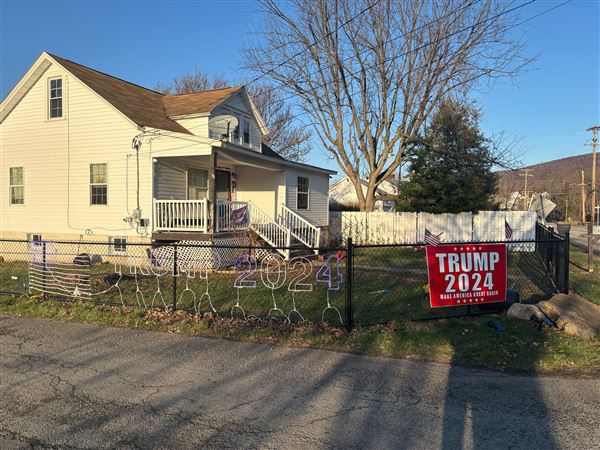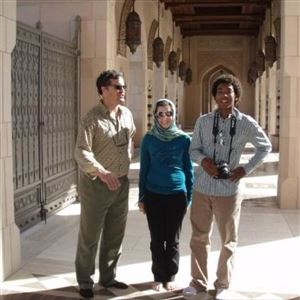Jackie Funt, of Mt. Lebanon, envisions a New York City-style neighborhood rising over the light-rail transit station behind Washington Road. People would live in condos, take public transit to work and return home to find a bank, a grocery store and a multiuse theater in the neighborhood.
Her vision was just one aired at a public meeting Tuesday, when about a dozen people gave input to proposed transit-oriented development on Shady Drive East and Parse Way behind the central business district. The 5.23-acre area, owned by the Mt. Lebanon Parking Authority, is parallel to Washington Road, bordered on the north by Shady Drive East and on the south by Alfred Street.
Mt. Lebanon officials and Port Authority planners and engineers created an ad hoc committee that dreams of more than $40 million in development as part of a public-private partnership. The team hopes to use federal transit funds to improve the T station, adding a platform of parking that would become the foundation for private development on top of the station, in addition to land around the platform and on a current parking lot next to the Howard Hanna building on Washington Road.
There are no designs or drawings, just a concept of 260 parking spaces and five developable parcels. It's too early to say what would be built there and construction is at least seven years away.
"It's the last great opportunity for a site that size in the municipality," Mt. Lebanon planning board member Barry Long told the group. Long, a member of the ad hoc committee, is a principal at Urban Design Associates and has been donating his time on the project, as has planning board member Jeff Funovits, who works at Burt Hill Kosar Rittelmann Associates.
But one person worried that a hulking development could dwarf single-family homes on Shady Drive East, a neighborhood already changed by the station.
"Maybe none of you are old enough to remember when Shady Drive East was shady," said Margaret Oberdacker, who has lived on the street for almost 50 years. "There were trees on both sides and the snow never hit the street."
The project calls for a retooling of the Port Authority station, built in 1987, which provides rail service for about 1,000 to 2,000 people a day to South Hills Village, Station Square and Downtown, and bus service that goes to Robinson Town Centre and points west.
Buses would circulate on Parse Way instead of Shady Drive East. Access to the station from Washington Road would be streamlined with the addition of escalators and a more direct path.
Parking would be moved closer to the station, as would a drop-off zone, a "kiss-and-ride" area.
Richard Feder, director of transit planning for the Port Authority, said the Mt. Lebanon station is a key area for the authority, as evidenced by its size and scale compared with other stops on the line, with additional development envisioned from the beginning. Plans for a hotel on the site died last year.
There were no estimates for construction. But officials said tax increment financing and or neighborhood improvement districts could pay for portions of the development. TIFs are local tax breaks and neighborhood improvement districts charge extra property taxes in designated neighborhoods to support development there.
The ad hoc group has been meeting since February and could put the project out in the form of a "request for proposals" to see what interests developers.
"Whatever goes here, it ought to be genuine" and should respect the scale of Shady Drive, said Dan Gigler, a former commissioner and a member of Mt. Lebanon's historic preservation board. Gigler was assured there would be marketing studies to determine what should go in the spaces.
"We're trying to create a sense of place," said Mt. Lebanon planner Keith McGill. "Not just build density."
Other concerns included traffic volume. McGill and Long said that, if the development works properly, traffic shouldn't increase much during peak hours because people will use public transit to work and walk to common destinations.
In similar neighborhoods already built, developers allow for one parking space per residential unit because vehicles are not needed as much, Long said.
McGill said a summary of the meeting would appear soon on the municipality's Web site, www.mtlebanon.org. Other public meetings will be scheduled to gather more ideas.
First Published: July 14, 2005, 4:00 a.m.
















